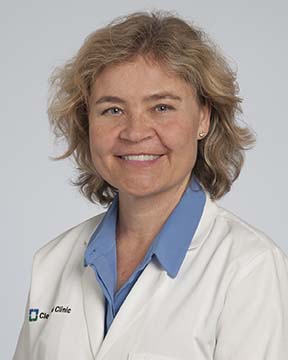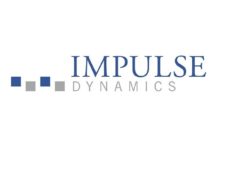
A post-hoc analysis of the ICD Sports Registry—which has already indicated that many patients with implantable cardioverter defibrillators (ICD) can safely participate in vigorous or competitive sports—shows that shocks are not infrequent in young ICD patients who play competitive sports but that these shocks are not associated with serious adverse outcomes.
Elizabeth Vickers Saarel (Paediatric Cardiology, Cleveland Clinic Children’s, Cleveland, USA) and others write in Circulation: Arrhythmia and Electrophysiology that, over the past few years, the perception of the safety of ICD patients participating in sport has changed. They note: “Growing evidence suggests that risks of sports participation for athletes with ICDs may be lower than hypothesised.” They add that the ICD Sports Registry found that while appropriate and inappropriate shocks occurred during sports, there were no deaths, resuscitated arrests or arrhythmia-related injuries during sports. Vickers Saarel comment that the study is “reassuring” because it suggests safe sports participation for patients with ICDs, but its results are “difficult to apply to children and adolescents”. Therefore, the aim of the present post-hoc analysis was to “better understand this young population”.
Reviewing data from the ICD Sports Registry, the authors identified 129 athletes aged ≤21 years of age. Of these, 9% were aged 10 to 12 years of age, 26% were aged 13 to 15 years of age, 41% were aged 16 to 18 years of age, and 24% were aged 19 to 31 years of age. As with all of the patients in the registry, the young athletes had an ICD and participated in sports that were associated with a more than low cardiovascular demand (in this post-hoc analysis, 117 did competitive sports and 12 did dangerous sports). The primary endpoint was a serious adverse event during or ≤2 hours after sports (e.g. tachyarrhythmic death).
During the median 42 months of follow-up, no tachyarrhythmic deaths or externally resuscitated tachyarrhythmias during or after sports participation occurred; there were also no severe injuries resulting from arrhythmia-induced syncope or shock during sports. However, 27% of athletes experienced at least one shock (49 shocks overall). Vickers Saarel et al comment “There were 29 appropriate shocks occurring in 18 individuals, of which, six appropriate shocks in four individuals occurred during competition or practice, a rate of 1.5 appropriate shocks during sports, per hundred person-years.” They add that this finding suggests “restriction from this activity [i.e. sports] would not have a large impact on the overall burden of treated arrhythmias”. Furthermore, according to Vickers Saarel et al, “all of the youths” in the post-hoc analysis benefitted from participating in sports, noting that 82% of only stopped participating in competitive sports after graduating from secondary school.
The authors say the present report adds to the data already provided by the ICD Sports Registry and “will further inform the dialogue and shared decision-making concerning sports participation in the important population of young athletes involved in school and college [university] sports”. They conclude that the decision to return to sport participation after an ICD “should be individualised and discussed between physician, athlete, and parents”.












